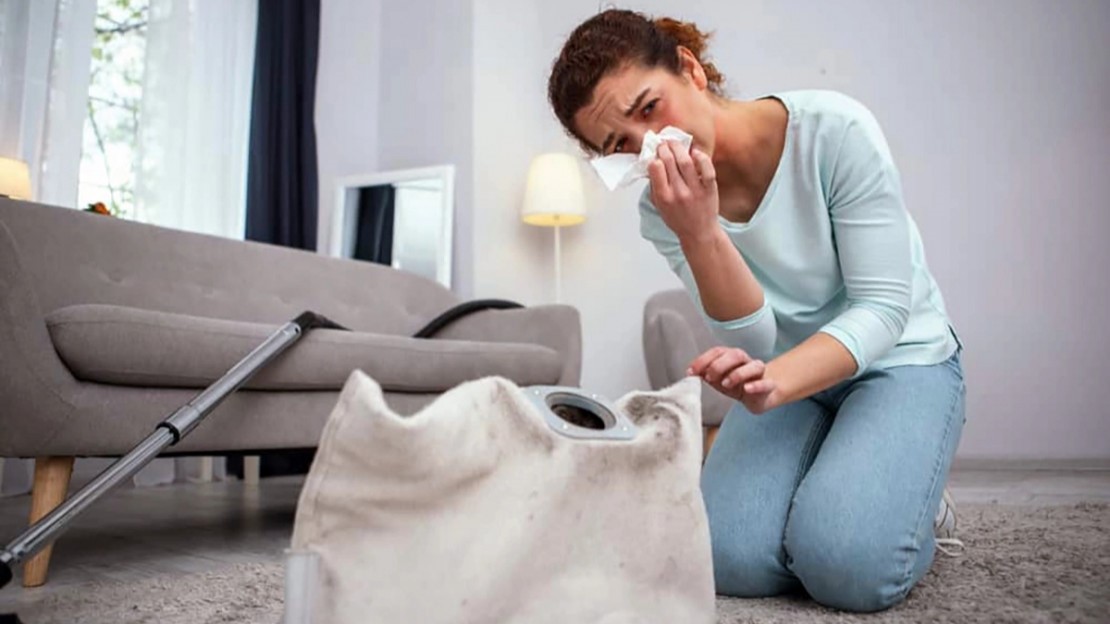Calls for Ukraine
Calls for Europe
Calls for USA

A new study by University of Pittsburgh scientists reveals how inhaled house dust mites, a common trigger of allergic asthma, activate the immune system and lead to the development of the disease in mice.
The findings, published recently in Nature Immunology, provide insight into how seemingly innocuous substances such as dust mites, pet dander and pollen can overcome the immune system and trigger an allergic reaction, and may ultimately pave the way to finding new therapeutics to treat and prevent allergic asthma.
“We often think of the immune system as an army that fights the ‘bad guys’. While this is true, most of the time our immune system doesn’t encounter pathogens, but rather the dust and pollen we breathe in, the plants and animals we eat, and the things we touch in the environment. The main question that drives my research is how our immune system learns to respond to microorganisms rather than other substances in the environment,” says Amanda C. Poholek, PhD, senior author, director of the Sequencing Center and associate professor in the Department of Immunology at the University of Pittsburgh School of Medicine.
Когда иммунная система выполняет эту работу правильно, это называется иммунной толерантностью. Но когда толерантность нарушается, обычно безвредные аллергены окружающей среды могут активировать Т-клетки хелперы типа 2 (Th2), являющиеся одним из типов иммунных клеток, которые вызывают воспаление при аллергической астме и других аллергических заболеваниях.
Allergic asthma is the most common form of asthma, characterized by symptoms such as coughing, tightness in the chest, shortness of breath and wheezing. According to Amanda Poholek, the prevalence of this debilitating disease is on the rise around the world and is placing a heavy burden on the healthcare system.
To learn more about how allergens activate Th2 cells and trigger allergic asthma, Poholek and her team used a mouse model of the disease caused by inhaling house dust mites. This model is a more accurate representation of how humans encounter allergens than studies that used subcutaneous or systemic injections of allergen.
Using new tools that allow them to track Th2 cells and see exactly when they are activated and where they go, the researchers found that in response to inhaling house dust mites, a specific molecular pathway involving a protein called BLIMP1 is required for Th2 cells to form in the lymph node. These cells then travel to the lungs and cause disease.
They also found that two signaling molecules, or cytokines, called IL2 and IL10 are required for BLIMP1 expression.
“IL10 is generally thought of as an anti-inflammatory cytokine that dampens immune responses, so we were very surprised to find that it actually promotes inflammation,” says Poholek, ”This discovery opens up therapeutic opportunities targeting IL10 that had not been considered before, especially for patients with newly diagnosed disease.
According to researchers, most patients with allergic asthma are given steroids that treat the symptoms but do not address the cause of the disease. There is a huge need for new treatments that will allow early intervention before allergic asthma causes long-term damage to the airways.
When the researchers mapped the location of Th2 activation in the lymph node, they were also surprised to find foci of IL2 activity.
“IL2 is a very prominent cytokine, so we expected it to be dispersed throughout the lymph node,” says Poholek, Instead, we found that IL2 is localized in specific areas. Now we have a lot more work to do to figure out how these areas are formed and whether destroying them could disrupt the formation of Th2 cells, stopping the development of allergic asthma.”
In collaboration with colleagues in the Department of Pulmonology, Allergy, Critical Care and Sleep Medicine, Poholek also plans to study lung tissue samples to see if IL2 and IL10 may also be important factors in the development of Th2 cells in patients with allergic asthma, and to explore potential avenues for developing new therapies.
Please rate the work of MedTour
